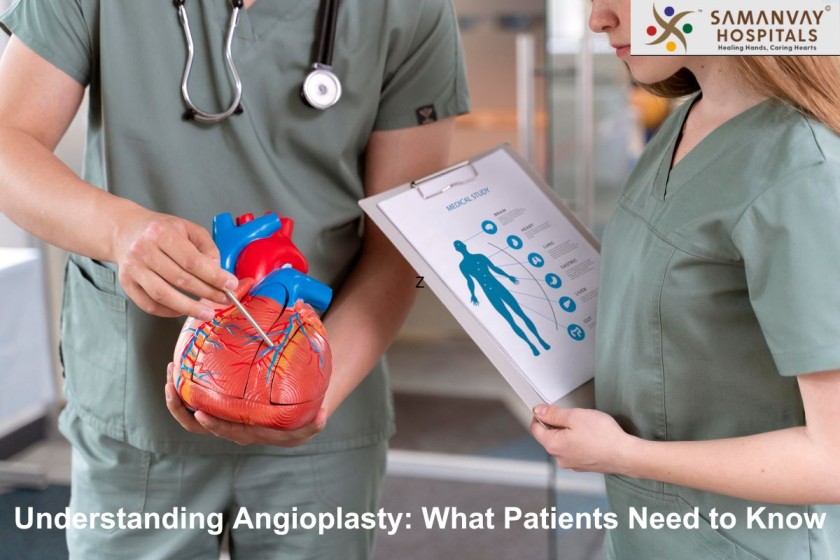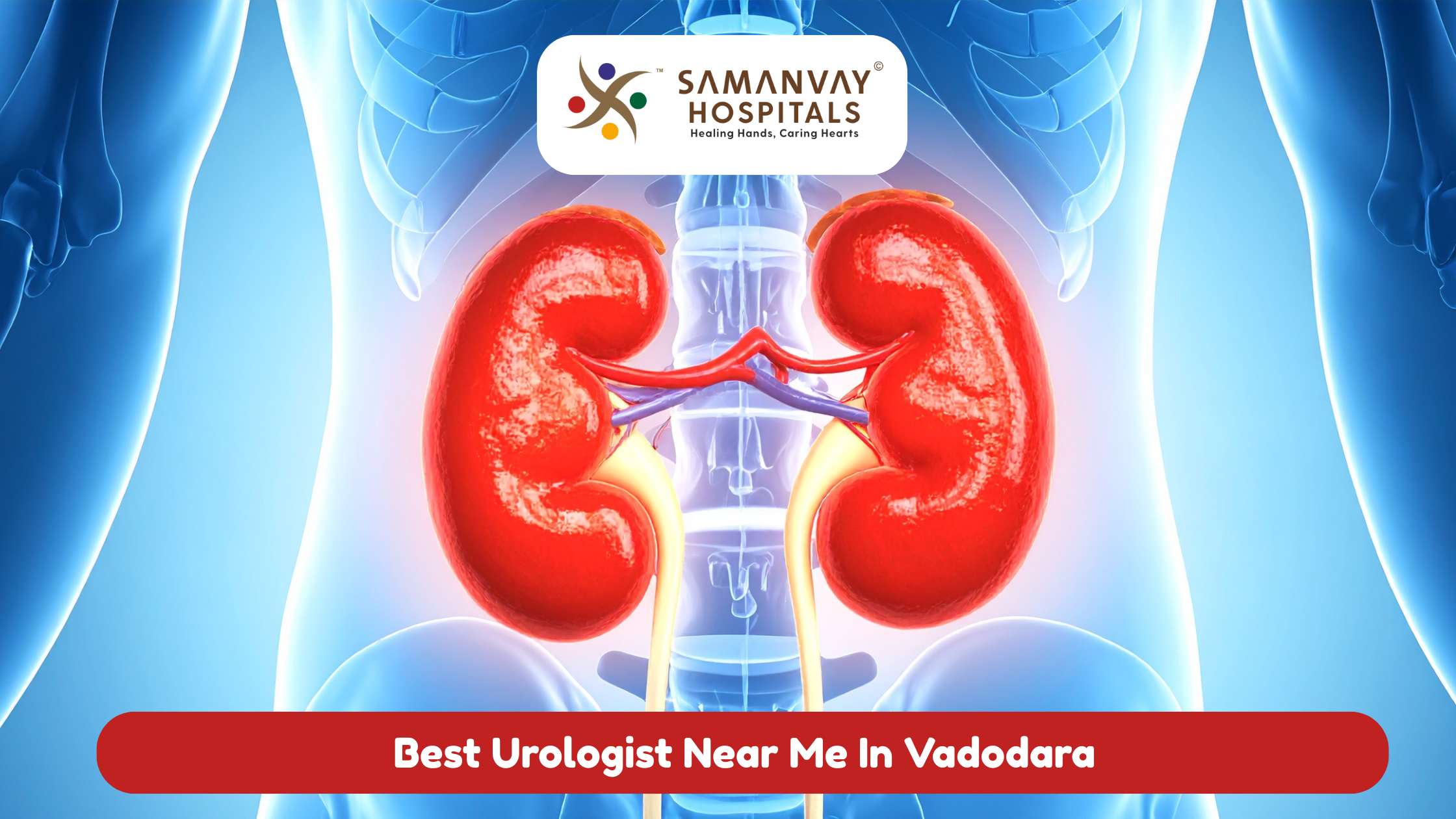
Angioplasty is a medical procedure undertaken to treat the blocking of arteries. This medical procedure restores blood flow into areas of the heart. Angioplasty is among the most popular medical procedures for patients diagnosed with coronary artery disease. Let’s discuss angioplasty, its purpose, and what a patient needs to know before and after it.
What Is Angioplasty?
Angioplasty is a procedure where doctors open up narrowed or blocked arteries. The process uses a balloon catheter to open up the arteries, and in most cases, a stent is also implanted to keep the artery open. However, it is often recommended when lifestyle changes or medication alone are not enough to treat heart problems.
Why is Angioplasty Needed?
Narrowed or blocked arteries lead to serious heart problems. The most common issue in this regard is coronary artery disease. Here, the narrowed or blocked arteries restrict blood supply to the heart, leading to causes of chest pain, heart attacks, or even failure of the heart. Angioplasty helps cure such problems by improving the blood flow and relieving symptoms.
However, angioplasty is not always the first option. Doctors usually start with lifestyle changes or medications. If these methods do not work, then angioplasty may be recommended.
How Is Angioplasty Done?
During the procedure of angioplasty, the doctor would make a small incision. This is usually applied at the groin or even the wrist. A catheter is placed into the artery. Using X-ray images, the doctor will introduce the catheter to the site where the blockage had occurred. Furthermore, in place, a balloon will be inflated to widen the artery, and if necessary, this can be done by putting in a stent, keeping the artery open
What Happens Before the Procedure?
Before undergoing angioplasty, a patient will undergo some tests. These tests will enable the doctor to know how severe the blockage is. Additionally, blood tests, electrocardiograms, and imaging tests may be carried out. Patients must let their doctor know if they have any allergies or what medications they are taking. All instructions must be followed before the procedure, such as fasting.
What to Expect After Angioplasty?
After the procedure, patients are kept in the recovery area. The doctors check them for any complications, including bleeding or infection. In some cases, patients may need to stay in the hospital for a day or two. However, many patients can go home the same day. Patients are recommended to rest and avoid heavy activities during recovery.
Risks and Complications
Like any medical procedure, angioplasty comes with risks. The most common risks include bleeding, infection, or damage to the blood vessels. There is also a small risk of heart attack or stroke when the procedure is being performed, but the risks are minimal. The benefits of angioplasty frequently outweigh these risks.
Additionally, the possibility that the artery might restenosis following the procedure exists. The medical term for this process is restenosis. Nevertheless, physicians administer medicines to ensure this does not occur.
Aftercare and Lifestyle Changes
Patients must be followed up after angioplasty and lifestyle changes are introduced. Healthy diets, physical exercises, and smoking cessation keep the heart healthy. Moreover, frequent visits to a doctor assist in keeping track of the procedure performed. Doctors may further require medicines which prevent the recurrence of subsequent blockages and blood clots.
Choosing the Right Hospital
Choosing the right hospital for performing angioplasty is essential, and it would be properly equipped and have the resources to undertake the procedure. Therefore, the best hospital will have doctors experienced in that particular field, advanced technology, and a proven track of successful procedures. Therefore, it is going to be a good hospital offering comprehensive care post the procedure.
Furthermore, the best heart hospital in vadodara deal with all heart-related treatments. Some of these centres are known for providing high-class facilities and staff to ensure smooth processing through the procedure.
Intensive care unit hospital could offer great care for any serious and critical conditions. The ICU hospitals are specifically equipped for handling emergencies and thus are also capable of operation support. Therefore, their reputation can be checked so one finds out whether or not a particular facility will be accessible.
The Role of Technology in Angioplasty
Due to recent technological advancements, the procedure of angioplasty has become safer and much more efficient. The procedures are much more accurate than in earlier times due to present-day imaging techniques used by doctors. However, more recent types of stents are better at what they do with a reduced chance of complication. This makes the procedure popular among people.
When Is Angioplasty Not the Right Option?
Although angioplasty is capable of curing most patients suffering from coronary artery disease, it does not always offer the best treatment. Sometimes, the arteries may be too small or even too damaged for this method. Therefore, bypass surgery would be advised. Hence, every case must be evaluated.
Conclusion
Angioplasty is a life-saving procedure that helps restore blood flow to the heart. It is one of the most common treatments for coronary artery disease and can help improve quality of life. However, it is essential for the patient to understand the procedure, its benefits, and risks. If you ever need angioplasty, choose the best hospital for cardiology in vadodara and doctors. Follow your doctor’s advice and make changes in your lifestyle to live long with a healthy heart.







